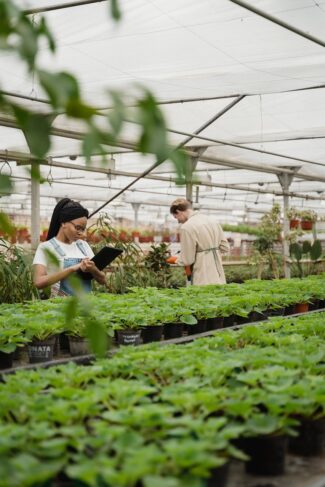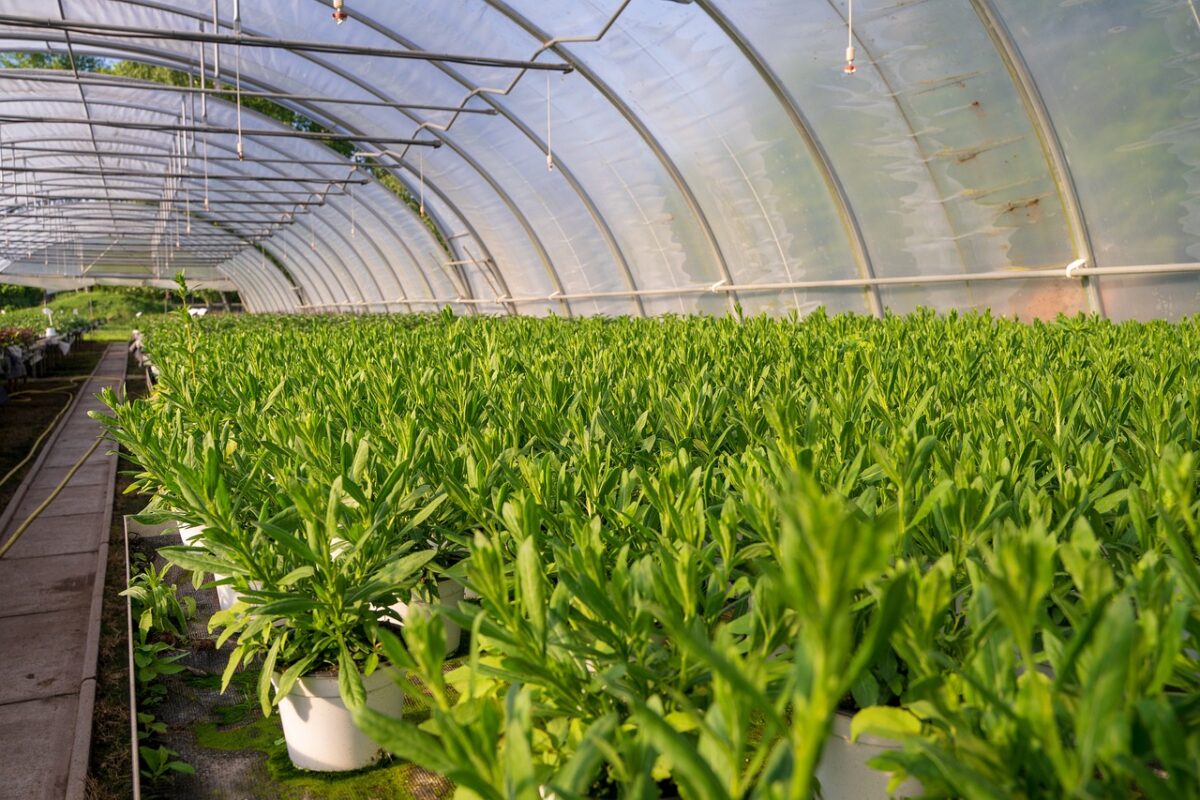Resilience is about moving forward despite adversity, about leveraging hardship, while staying focused. It is a key skill for individuals, teams and organisations to succeed in the twenty-first century. Your resilience is the guarantee of your long-term performance. But what does it consist of, and how to develop it? Rely on the three pillars: teams, processes and technologies to leverage hardships towards your objectives.

Perhaps the best example is a tree. Vegetation has been present on Earth for much longer than we have. Each tree species adapts to changes in its environment, either punctually or gradually. Thus, in case of drought, the tree slows down its growth and loses its leaves to protect itself. Other species wait for a fire to release their seeds in a field free of competition. They adapt to make the most of the resources available at all times.
Individual resilience
It’s about your personal ability to overcome the obstacles you face. Depending on your upbringing and background, you’ve developed it to a greater or lesser extent. Every obstacle is an opportunity to increase your resilience. How do you react when things don’t go as planned?
To overcome obstacles more easily:
- Surround yourself with the right people, develop relationships with people who can support you in times of need.
- Make the most of every moment, the famous Roman poet Horacio’s carpe diem. Celebrate successes and progress, no matter how small.
- Learn from your mistakes. Learning is a process that requires making mistakes.
- Remain hopefull: the glass is half full!
- Take care of yourself. A healthy mind in a healthy body (Mens sana in corpore sano, Juvenal, Roman poet), a bit of sport, the right diet, water and little pleasures!
- Proactivity: don’t wait for things to happen. Magic only exists in books. Be an actor in the change you want to see.
The three pillars of organisational resilience

An organisation’s resilience relies on three elements: teams, processes, and technology. To understand, I will continue the parallel with trees, and an industrial nursery. Your teams are your gardeners and arborists; your processes, all your documentation, work methods, best practices. Finally, you have several technologies that measure temperature or humidity, automatically water or help your teams move soil or plants more easily.
Trained and motivated teams
In order to choose which seeds to plant at what time or how to repot a seedling, your teams had to learn. Part of their learning is based on technical gestures, which become automatic. Other learning is based on theoretical knowledge, used to make decisions.
The teams are competent. They know what they are doing and why they are doing it. They love their work, share their tips and do their best to grow plants. For your business to run smoothly, your teams need to know how to do their jobs, but also want to do them.
In all sectors, people are at the heart of performance. Without people to operate machines, answer the phone or analyze data, your tools and processes go unused. That’s why you need to take care of your teams and invest in their training. You also need to make sure you have a good working environment.
Proven and documented processes
This morning, your fertilizer expert is away. How do others measure fertilizer correctly? When the field of knowledge is vast, it is impossible for everyone to know how to do everything. Versatility is important, but has its limits.
Your teams know how to do their job perfectly, but their memory may be lacking or they may be absent. You must be able to continue to function without this living memory. In many organisations, and especially in small structures, processes are not documented. The impact is even greater when someone leaves the company with all their knowledge.
Documenting your processesis also an opportunity to test and improve them. By comparing two ways of doing things, you will be able to choose the best performing one according to the circumstances.
In an emergency situation, you will save time if you have the steps to follow written and accessible. That’s what an incident response plan or disaster recovery plan are for.
Relevant and well-used technology

You have an automatic sprinkler according to the humidity and a system of activation of the ventilation according to the temperature. However, your nursery does not operate in complete autonomy. This is not possible. Your environment is too complex to be fully automated.
The tools at your disposal are countless. Hardware and software offer to simplify your life by acting in your place. Be careful to choose the tools in which you invest. Technology must be a way to achieve your goals. It supports your teams in key processes.
Technology itself can make things better,but an activity that has no added value, even if done faster, will remain a waste.
Resilience: a three-legged stool
Obviously, you need to make sure you invest in all three pillars at the same time. Imagine buying new equipment or software that your teams don’t know how to use. Forget about documenting the temperature at which your seeds germinate. Prevent the installation of new software or the implementation of new ways of doing things. You must constantly train your teams, choose the right tools and adjust your methods in order to remain efficient. The world is changing, you have to evolve with it.
It doesn’t matter how slowly you go, as long as not to stop.
Confucius, Chinese philosopher
Continuously improve
The question is not whether you will encounter obstacles, or which ones, but rather how you will overcome them and adapt to the new conditions of your environment.
To be able to adapt, the best is to build over time. By training, documenting, testing and continuously improving, you ensure that your teams, processes and technologies are efficient and ready to face challenges and unexpected events.
